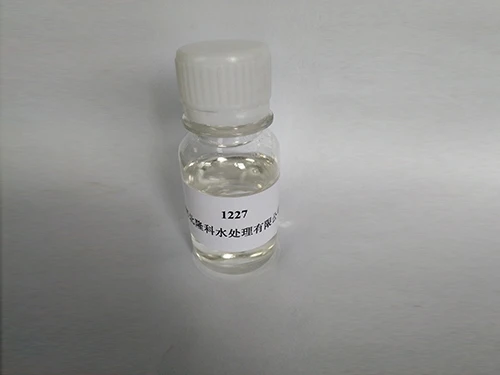Coagulation and Flocculation Techniques for Effective Water Treatment Solutions
Coagulation and Flocculation in Water Treatment
Coagulation and flocculation are essential processes in water treatment systems aimed at improving water quality by removing suspended particles and turbidity. These processes are crucial for ensuring safe drinking water and complying with environmental regulations.
Coagulation is the first step in this treatment process, involving the addition of chemical coagulants, such as aluminum sulfate or ferric chloride, to the water. These substances neutralize the electrical charges on colloidal particles, which typically repel each other and remain suspended in water. By neutralizing these charges, the coagulants facilitate the aggregation of particles into larger clusters.
Once coagulation occurs, the next phase, flocculation, begins. During flocculation, the water is gently stirred to encourage the formation of larger aggregates or flocs. These flocs are created as the smaller coagulated particles collide and bond together, gradually growing in size. The effectiveness of flocculation depends on various factors, including the type and dosage of coagulant used, mixing speed, and retention time. Properly optimized flocculation results in larger, more easily settled flocs that can be removed from the water during subsequent processes.
coagulation and flocculation in water treatment

After flocculation, the water undergoes sedimentation, where the flocs settle to the bottom of a sedimentation basin due to gravity. This step is crucial for separating the clean water from the contaminants. The settled material, known as sludge, is often removed for further treatment or disposal.
The clarified water, which has undergone coagulation and flocculation, is typically subject to further treatment processes, such as filtration and disinfection, to ensure it meets public health standards. Filtration helps to remove any remaining particles and microorganisms, while disinfection, commonly achieved using chlorine, ultraviolet light, or ozone, effectively eliminates harmful pathogens.
In summary, coagulation and flocculation are vital processes in water treatment that enhance the removal of suspended solids, thereby improving water clarity and safety. By employing these techniques, water treatment facilities can provide high-quality drinking water that is crucial for health and wellness. As water quality regulations become increasingly stringent, the importance of these processes will continue to grow in the quest for clean and safe water for all.
-
Understanding Polycarboxylic Acids: Properties, Applications, and Future PotentialNewsJul.28,2025
-
Scale Inhibitor Explained: How to Protect Your System from Limescale and Hard Water DamageNewsJul.28,2025
-
Scale and Corrosion Inhibitors: Essential Chemicals for Industrial Water System ProtectionNewsJul.28,2025
-
Polyaspartic Acid: A Biodegradable Polymer for Sustainable ChemistryNewsJul.28,2025
-
Isothiazolinones: A Versatile Antimicrobial Class with Industrial Power and Regulatory ChallengesNewsJul.28,2025
-
A Deep Dive into 2-Phosphonobutane-1,2,4-Tricarboxylic Acid (PBTC)NewsJul.28,2025





